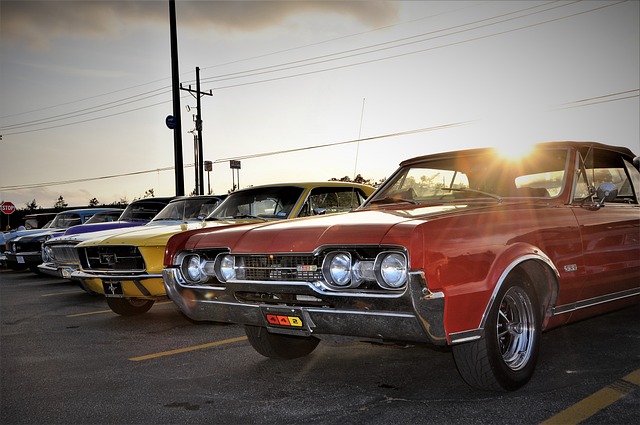Classic car insurance offers specialized coverage tailored to vintage and collectible vehicles, providing protection that standard auto insurance cannot. However, like any insurance policy, it comes with exclusions—specific situations or circumstances where coverage will not apply. Understanding these exclusions is crucial for classic car owners to ensure they have the right protection and avoid unexpected expenses.
Common Exclusions in Classic Car Insurance Policies
1. Daily Commuting or General Use
Classic car insurance is designed for vehicles used sparingly, not as daily drivers. Policies typically exclude coverage for:
- Driving to and from work
- Running errands
- Using the car as a primary vehicle
If you plan to use your classic car regularly, you may need to explore alternative policies. Learn more in Can You Drive a Classic Car Regularly with Classic Car Insurance?.
2. Exceeding Mileage Limits
Most classic car policies impose mileage restrictions, often capping annual usage at 1,000 to 5,000 miles. Driving beyond this limit can void coverage or result in a denied claim.
3. Unsecured Storage
Proper storage is a critical requirement for classic car insurance. Coverage may be excluded if the vehicle is:
- Parked outdoors for extended periods
- Stored in an unsecured or non-weatherproof facility
Insurers often require the car to be kept in a locked garage or secure storage unit.
4. Normal Wear and Tear
Insurance policies do not cover maintenance-related issues or natural aging, including:
- Rust
- Fading paint
- Mechanical breakdowns
Regular upkeep and maintenance are the owner’s responsibility.
5. Unauthorized Modifications
Modifications or alterations made without informing the insurer may lead to exclusions. For instance:
- Adding custom parts not listed in the policy
- Failing to update the agreed value after significant upgrades
To ensure modifications are covered, notify your insurer and provide documentation.
6. Racing or Competitive Events
Participating in races, rallies, or competitive events is generally excluded from coverage. Insurers view these activities as high-risk, requiring separate policies for such use.
7. Natural Disasters Without Comprehensive Coverage
While comprehensive coverage protects against natural disasters, not all policies include this by default. Without it, damages from floods, earthquakes, or hailstorms may not be covered.
8. Theft Without Proper Security Measures
If a classic car is stolen due to inadequate security measures, insurers may deny the claim. Secure storage and anti-theft devices are often prerequisites for theft coverage.
9. Driving Under the Influence (DUI)
Accidents occurring while the driver is under the influence of drugs or alcohol are typically excluded from coverage. This applies to all types of auto insurance, including classic car policies.
10. Using the Vehicle for Commercial Purposes
Classic car insurance excludes vehicles used for:
- Ride-sharing services
- Delivery or transport jobs
- Other commercial activities
Why Exclusions Exist
Exclusions help insurers manage risk and keep premiums affordable for classic car owners. They also ensure that policies are aligned with the intended use of the vehicle, preserving its value and condition.
How to Address Coverage Gaps
To fill gaps left by exclusions, consider these options:
1. Add Comprehensive Coverage
Include comprehensive coverage to protect against natural disasters, theft, and vandalism. For details on valuation methods, visit How Do Agreed Value and Actual Cash Value Apply to Classic Car Insurance?.
2. Upgrade Storage Facilities
Invest in secure storage solutions to meet policy requirements and avoid exclusions related to theft or weather damage.
3. Obtain Event-Specific Coverage
For activities like racing or car shows, purchase additional coverage tailored to those events.
4. Maintain Detailed Records
Keep documentation of restorations, modifications, and appraisals to ensure any changes to your car are reflected in your policy.
Real-Life Example: Avoiding Exclusions
A collector friend of mine recently had his classic Jaguar damaged during a cross-country road trip. Unfortunately, his claim was denied because he exceeded the policy’s mileage limit. This experience underscores the importance of understanding and adhering to policy terms.
Classic car insurance exclusions are designed to ensure that coverage aligns with the intended use and preservation of the vehicle. By understanding these limitations and proactively addressing potential gaps, you can protect your investment and enjoy your classic car with confidence. Whether it’s upgrading your storage or adding specialized coverage, taking the right steps will help you avoid surprises and ensure peace of mind.



